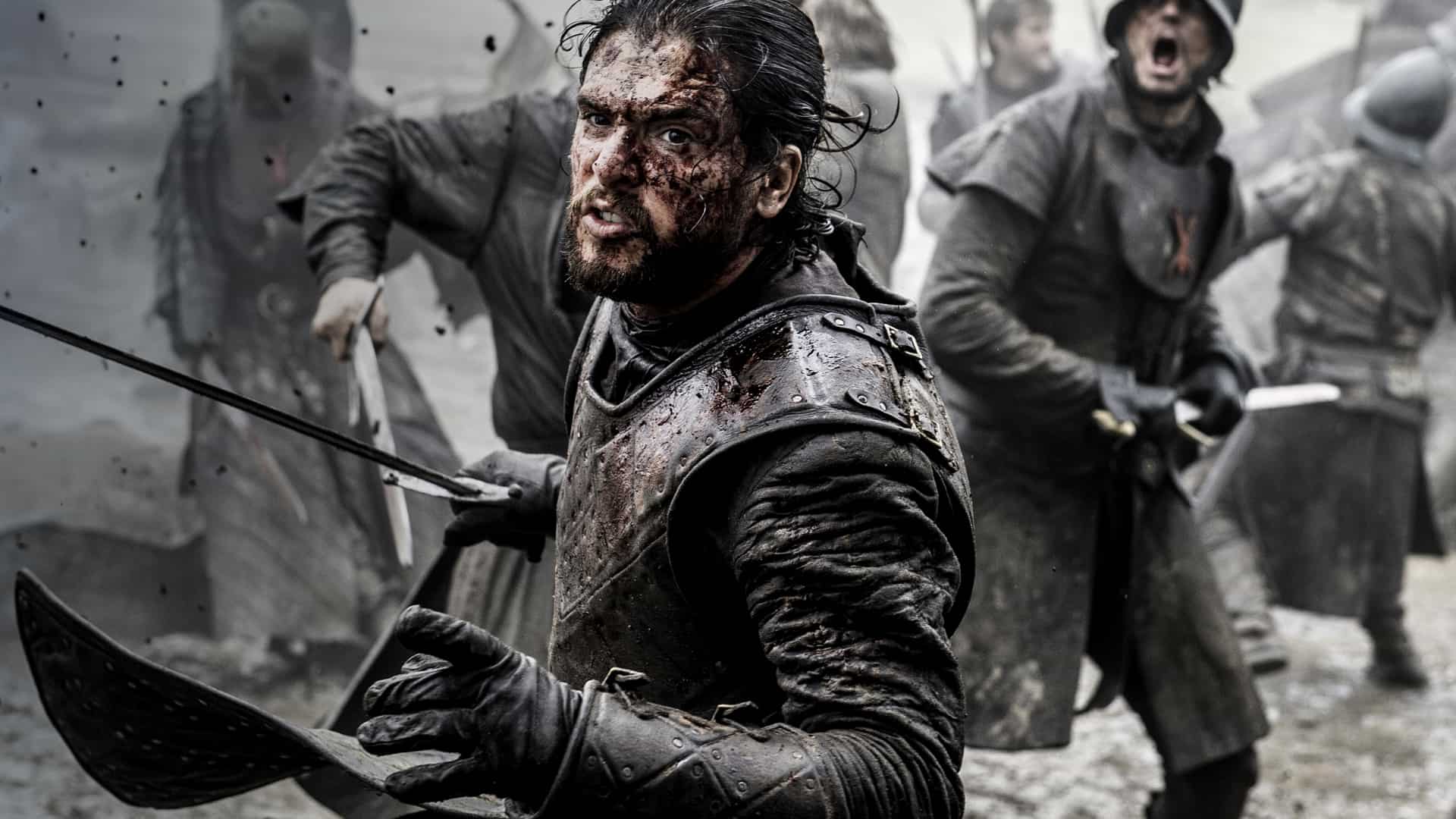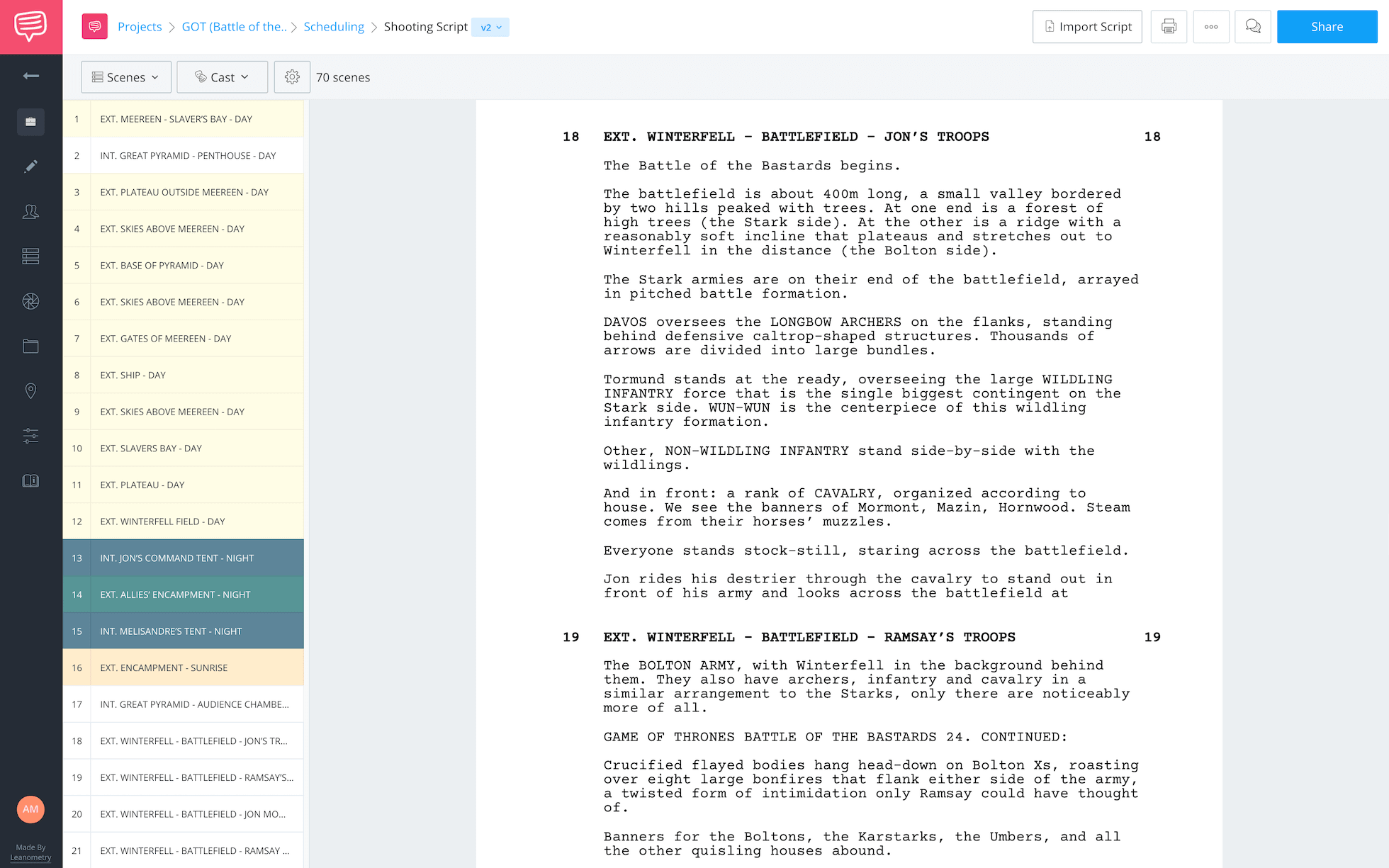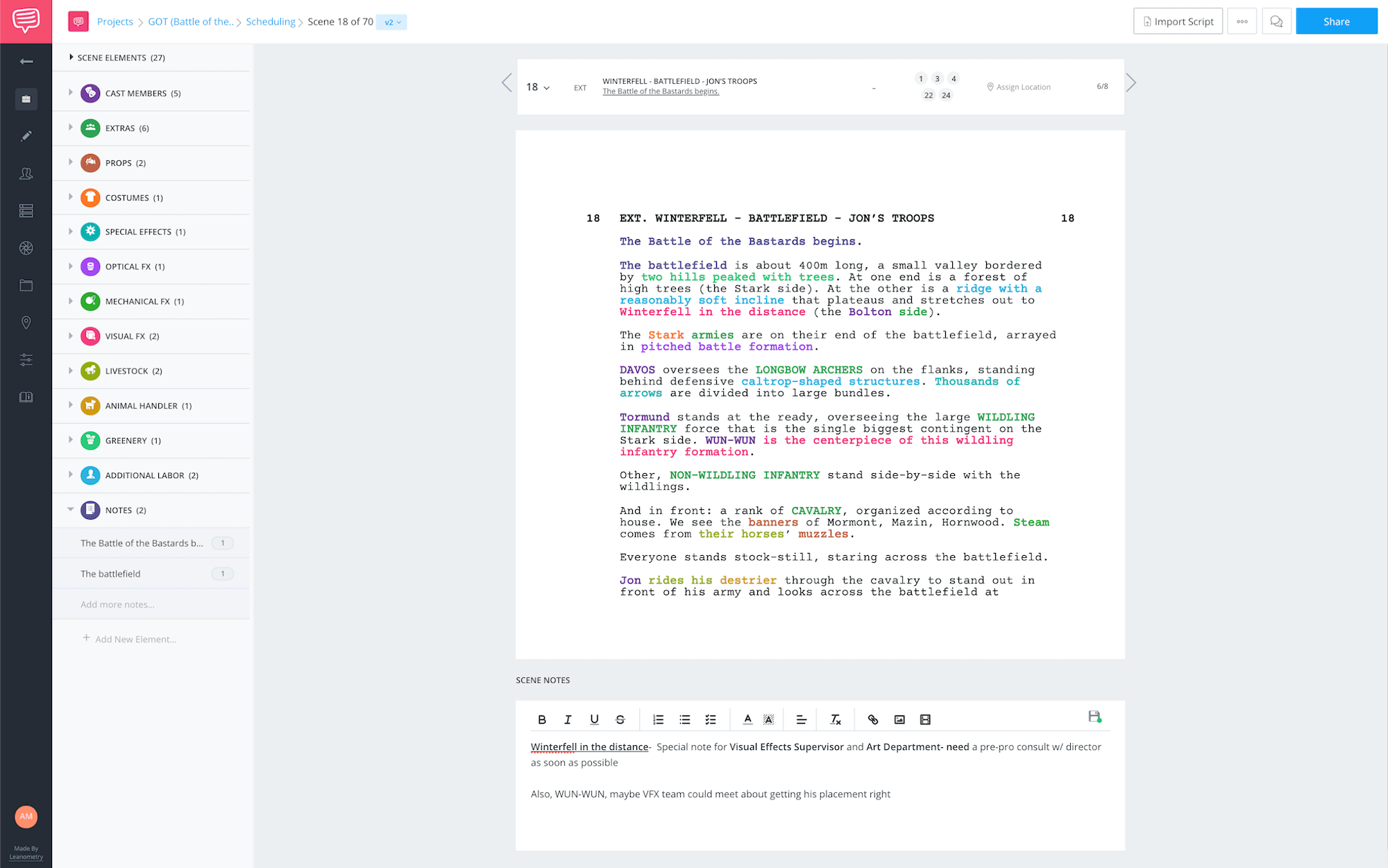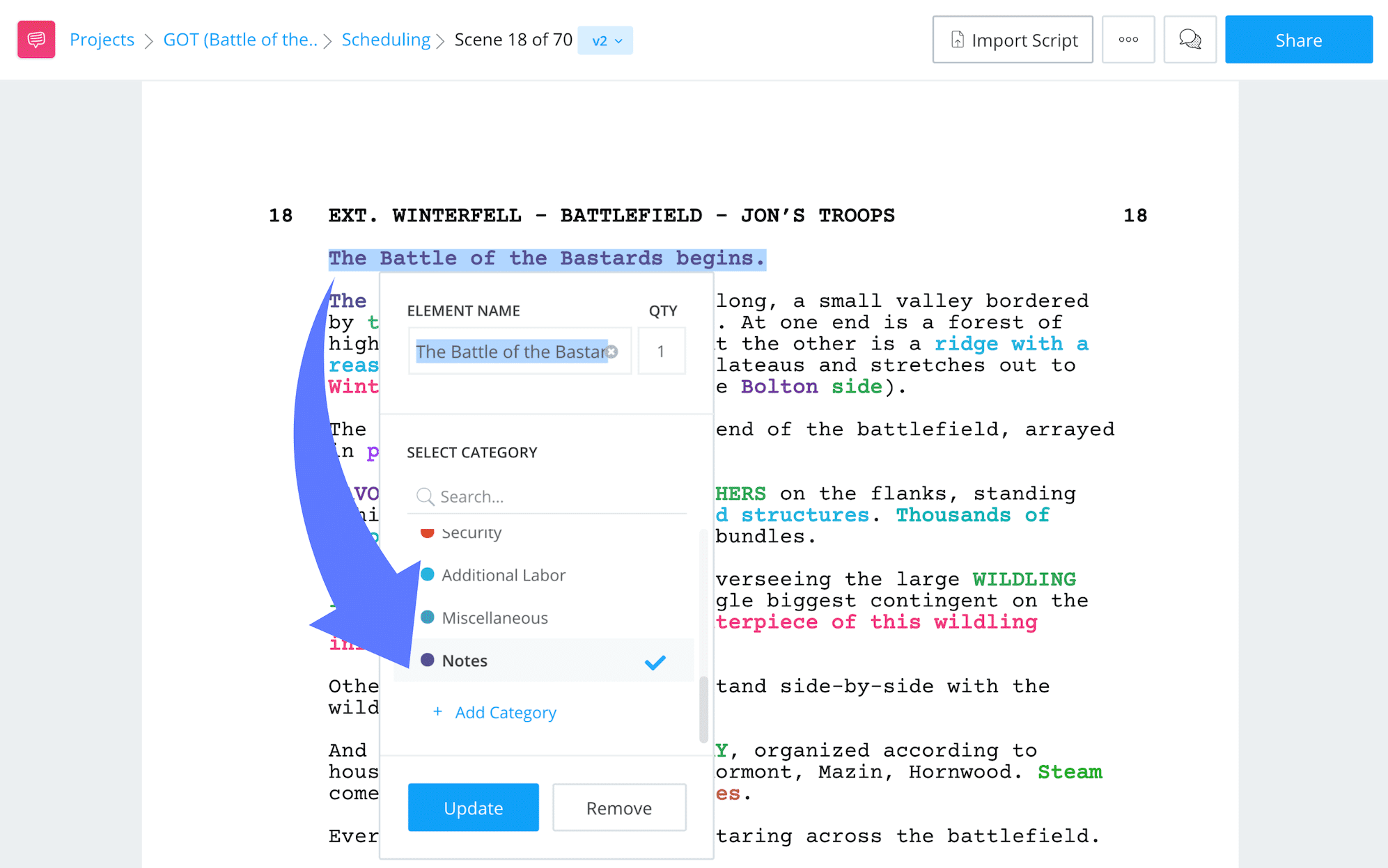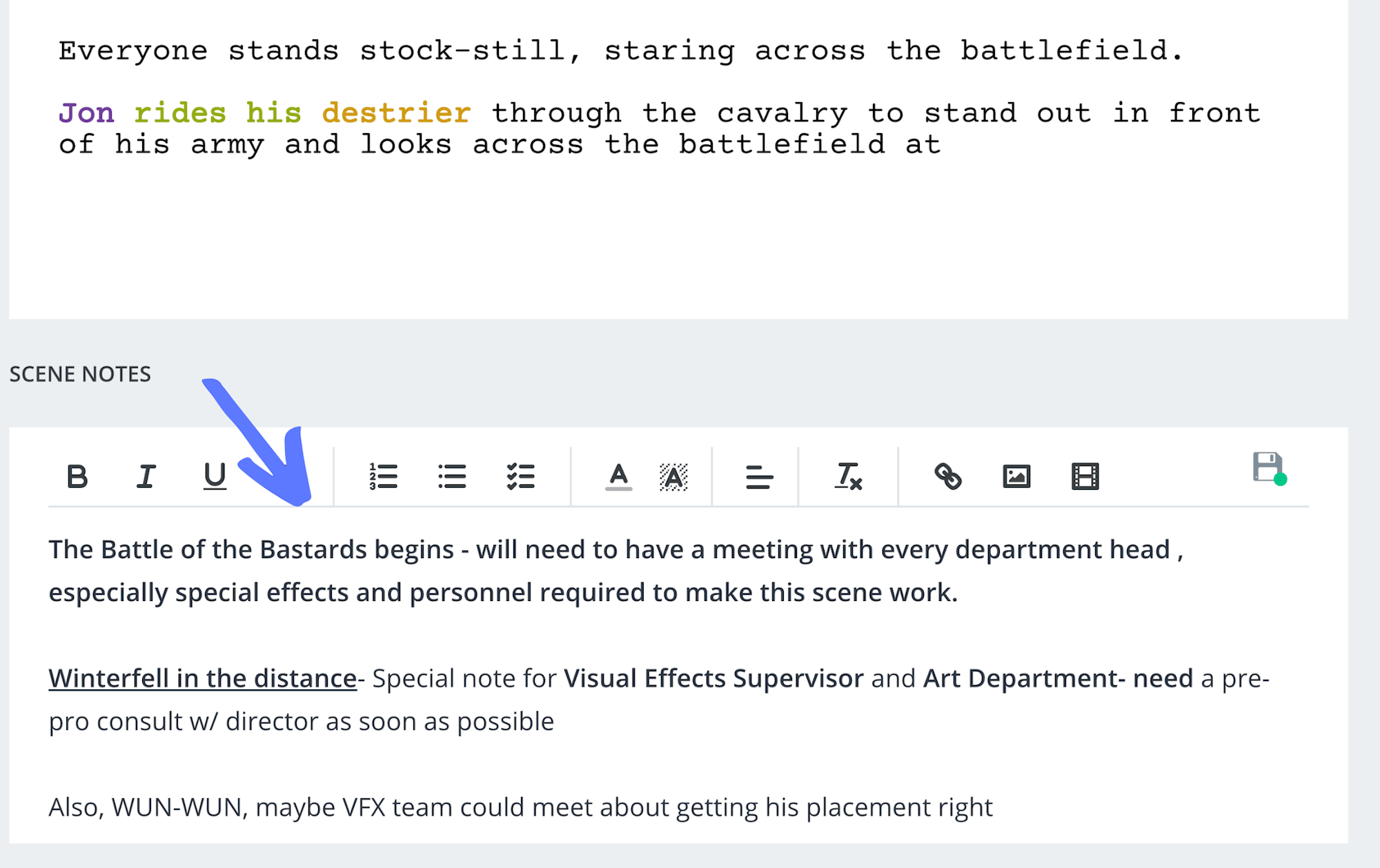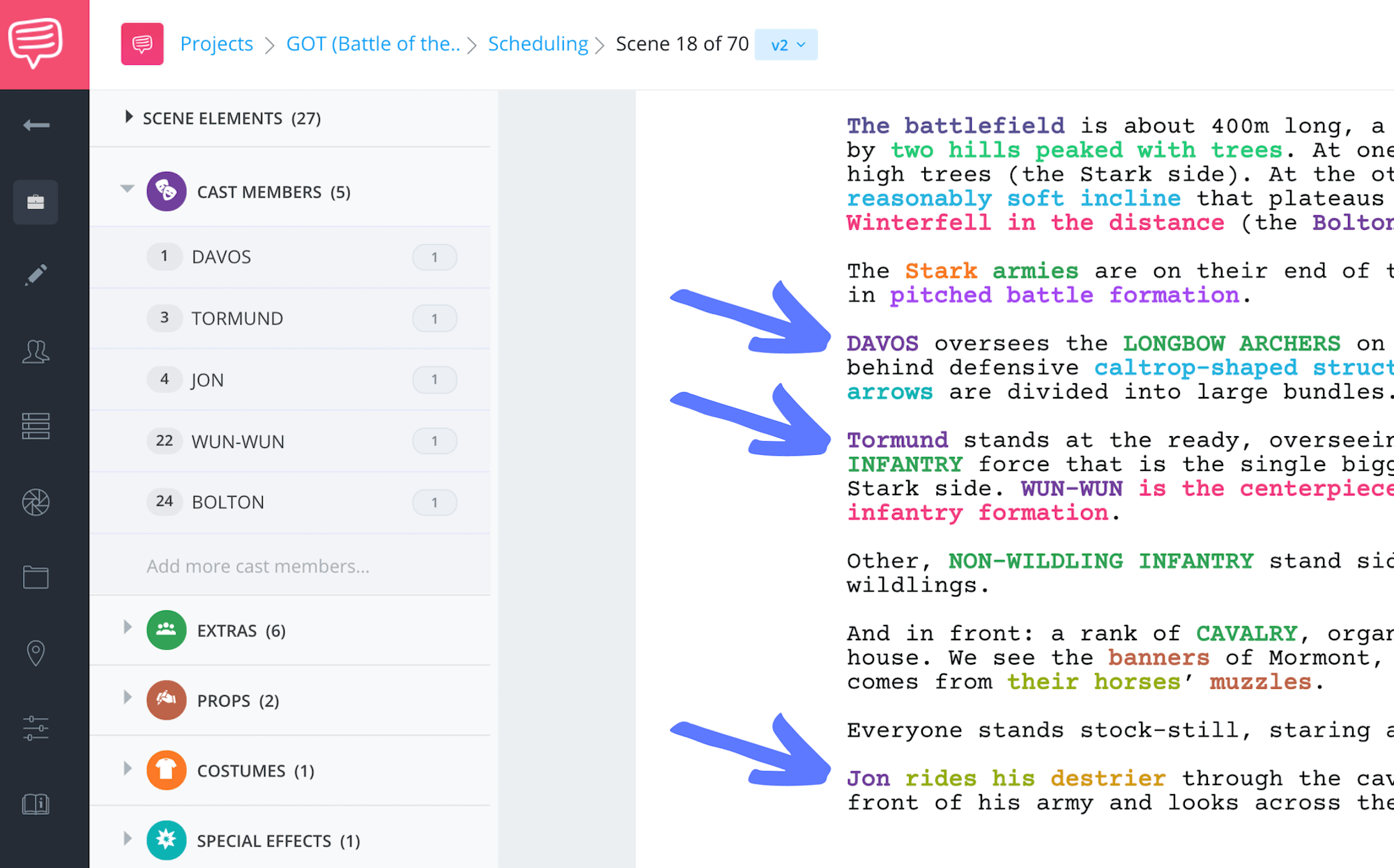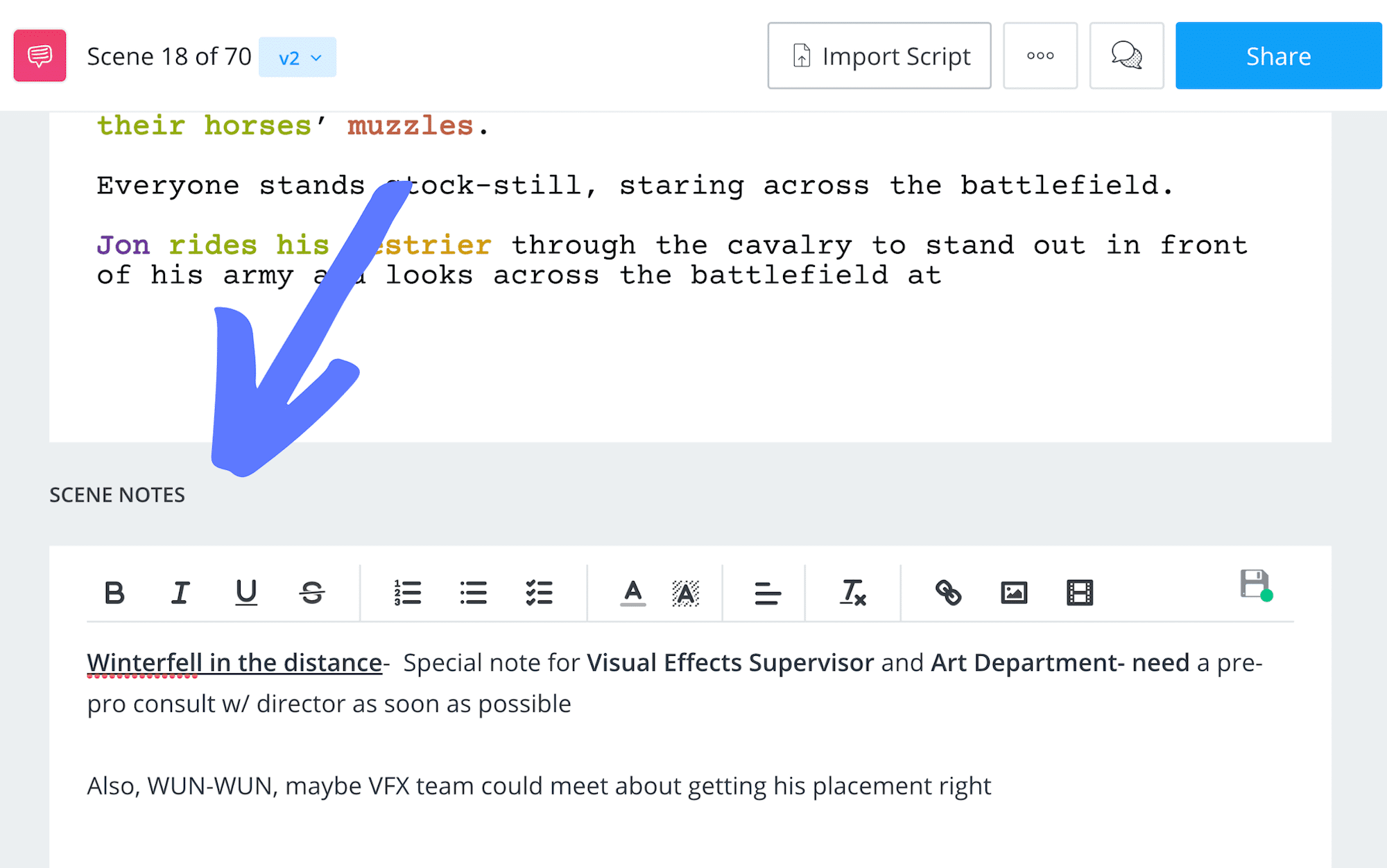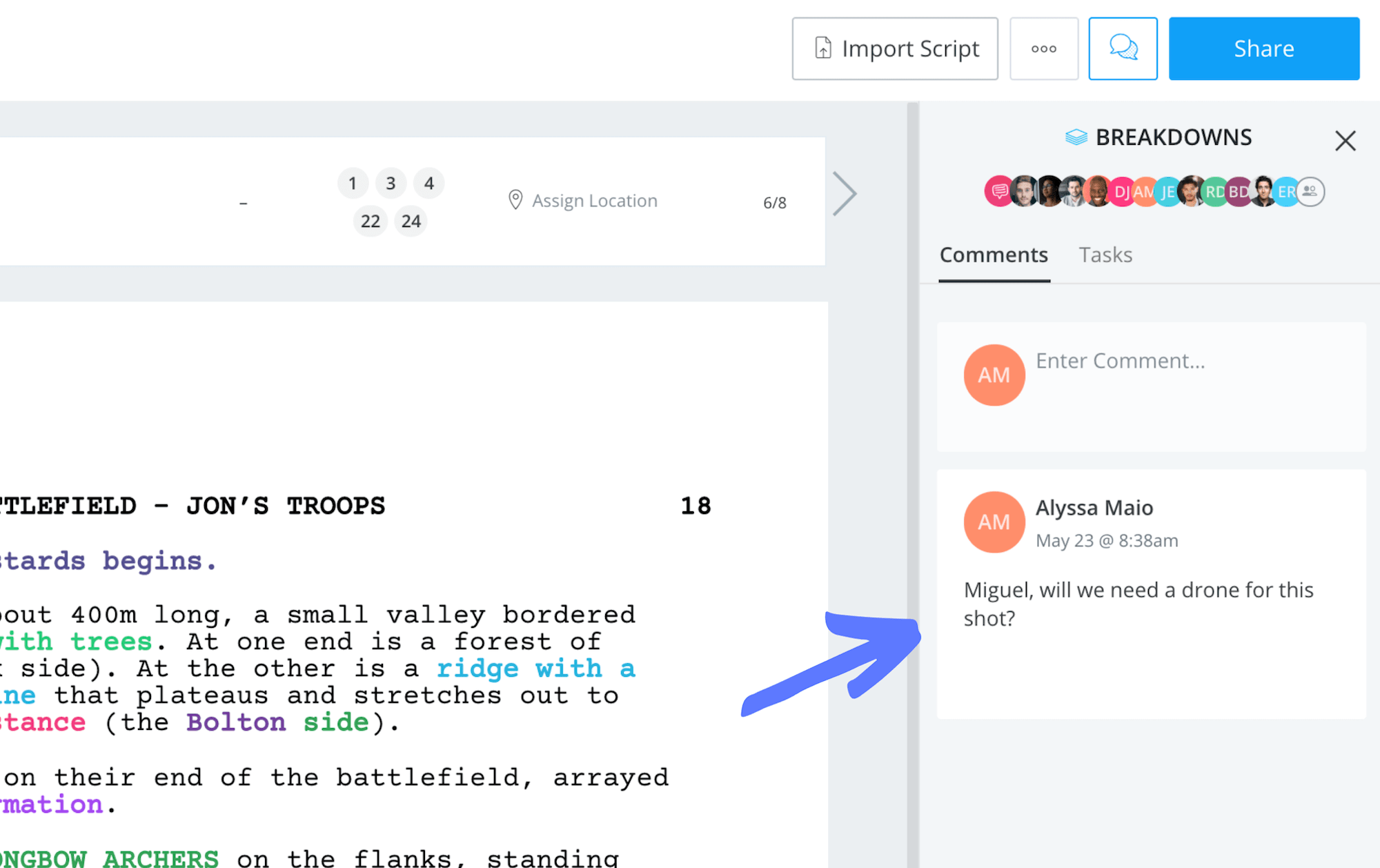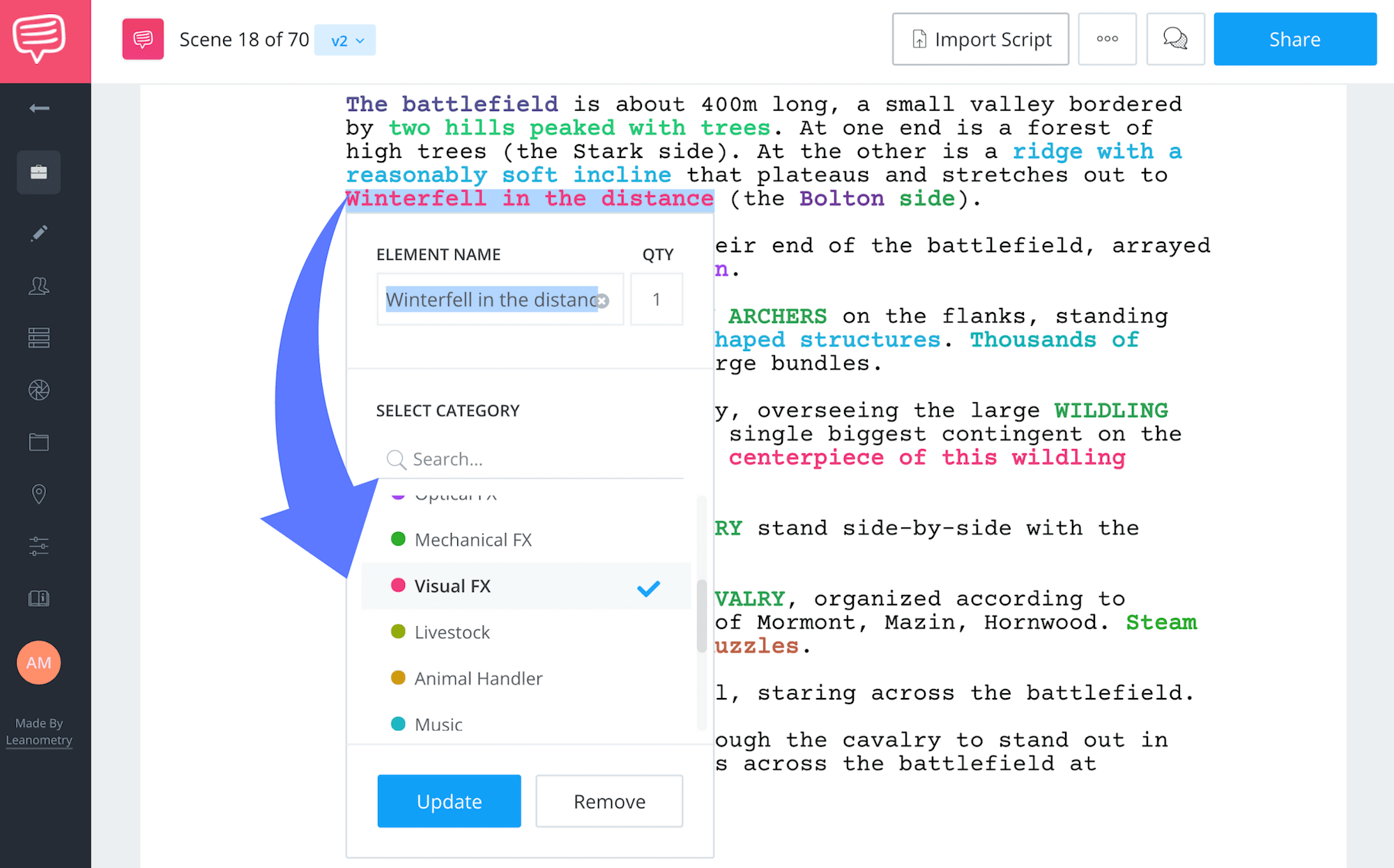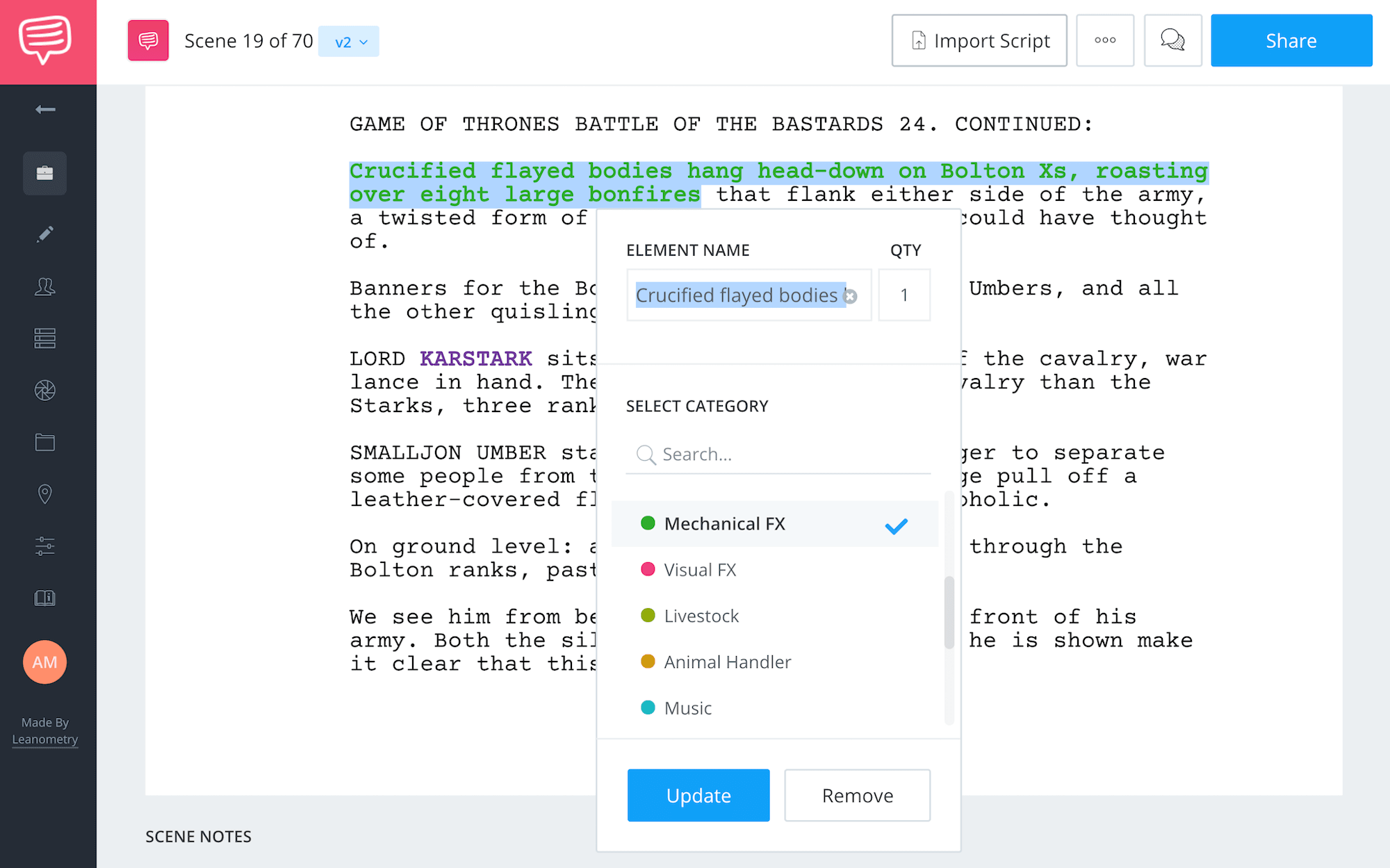The screenplay is a black and white blueprint for what you’ll see on screen. Every single element of the film must first be on the page. But the long journey from script to screen is a road paved with many decisions. Those decisions start in the script breakdown.
The process of breaking down a script is critical in determining what a scene needs. Missing scene elements could wreak havoc on your schedule and budget. But they don’t have to. Let’s break down a scene and determine the hidden elements hiding in plain sight.
WHY THE SCRIPT BREAKDOWN
1. Where the elements lie
When a screenwriter sits down to craft a script, they rarely think of what it takes to bring it to life later. It’s not their job to think about an aspect of production that is far removed from what they do.
What makes for a well-turned phrase, or a catchy bon mot in a screenplay, can hide many elements.
You might already be familiar, but these elements can be realized in something called a script breakdown, where you literally go line by line, identifying what needs to be in the scene. And elements are just things like cast, props, wardrobe, special effects, really anything that has to be acknowledged, realized, and scheduled to make the scene happen.
These are what a producer, or first AD, has to be on the lookout for when breaking down the script to bring the scene to life.
If you’re unfamiliar with the script breakdown process, don’t worry. We have you covered. Learn more:
Scene elements need to be highlighted and tagged appropriately.
So if you see a cast member’s name in the script, you can highlight their name, and identify them as cast. Later, when we go to schedule the scene, we will know which cast member needs to show up on set.
But sometimes finding these elements isn’t so easy.
Hidden elements are in every screenplay, and in order to have a successful shoot, you have to find all of them.
So let’s learn how to find them with an example from a show we all know and...used to love? Nah, this is when times were good - let’s explore, HBO’s Game of Thrones, Season 6, Episode 9: “The Battle of the Bastards.”
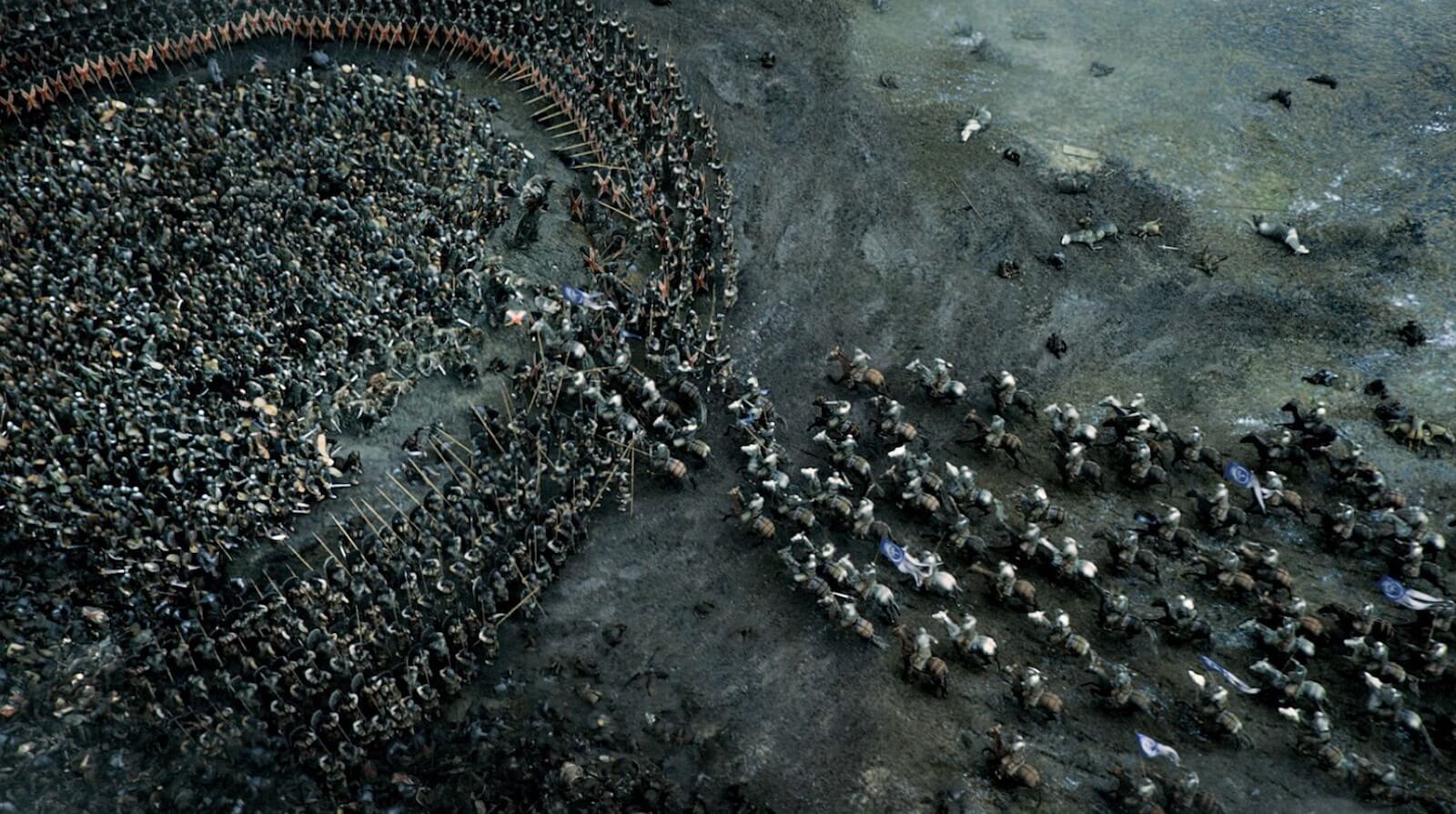
GoT, "Battle of the Bastards"
This is one of the biggest spectacles ever filmed for television. In fact, it required more than 600 crew members, 500 extras, 70 horses, and 25 shoot days. And yes, it cost ten million dollars. Let’s take a look at the script:
There is no way around the enormity of this scene.
Just from reading it is easy to see that there are many elements that at first glance one could pass over.
If we take a look after a script breakdown, it would look something like this:
For a scene like this, a best practice is to tag the very top action line. “The Battle of the Bastards Begins” is tagged as an element for special consideration here because of the sheer number of considerations to keep in mind.
Tagging the entire action line here as "notes" would indicate that you have much to discuss with every single department.
Once you tag it as notes, don't forget to type in any notes you may have. You can type at the bottom of the page.
And it’s a great first start because it reminds you, and everyone else you invited to the project to be on the lookout for missing elements.
Before we start finding every element, make use of the scene notes section, or the comment feature to collaborate with your department heads during the breakdown process.
This is important in case you have questions about what’s needed for certain special effects, costumes, or set designs, etc.
This scene actually has many elements that are hiding in plain sight. They include the following: Lead characters, Extra Crew, Special Effects, Costume and Make-Up Requirements and more.
Let’s start looking at the big elements for consideration.
Related Posts
Read Between The Lines
2. Identify hidden cast
As you break down your script, you will probably notice the cast members that inhabit the scene. You’ll tag them accordingly, maybe even first, to get the easy part out of the way.
But did you know one of the easiest elements to miss in your script is the talent. Hard to believe?
This can happen for a couple of reasons.
If you have a script involving royalty, often the scene will require subjects, i.e. a ton of extras. There might be of one person speaking the entire scene, but there will actually be a ton of extras in the scene that must be budgeted and scheduled. Other leads could even be in the scene, with no speaking roles.
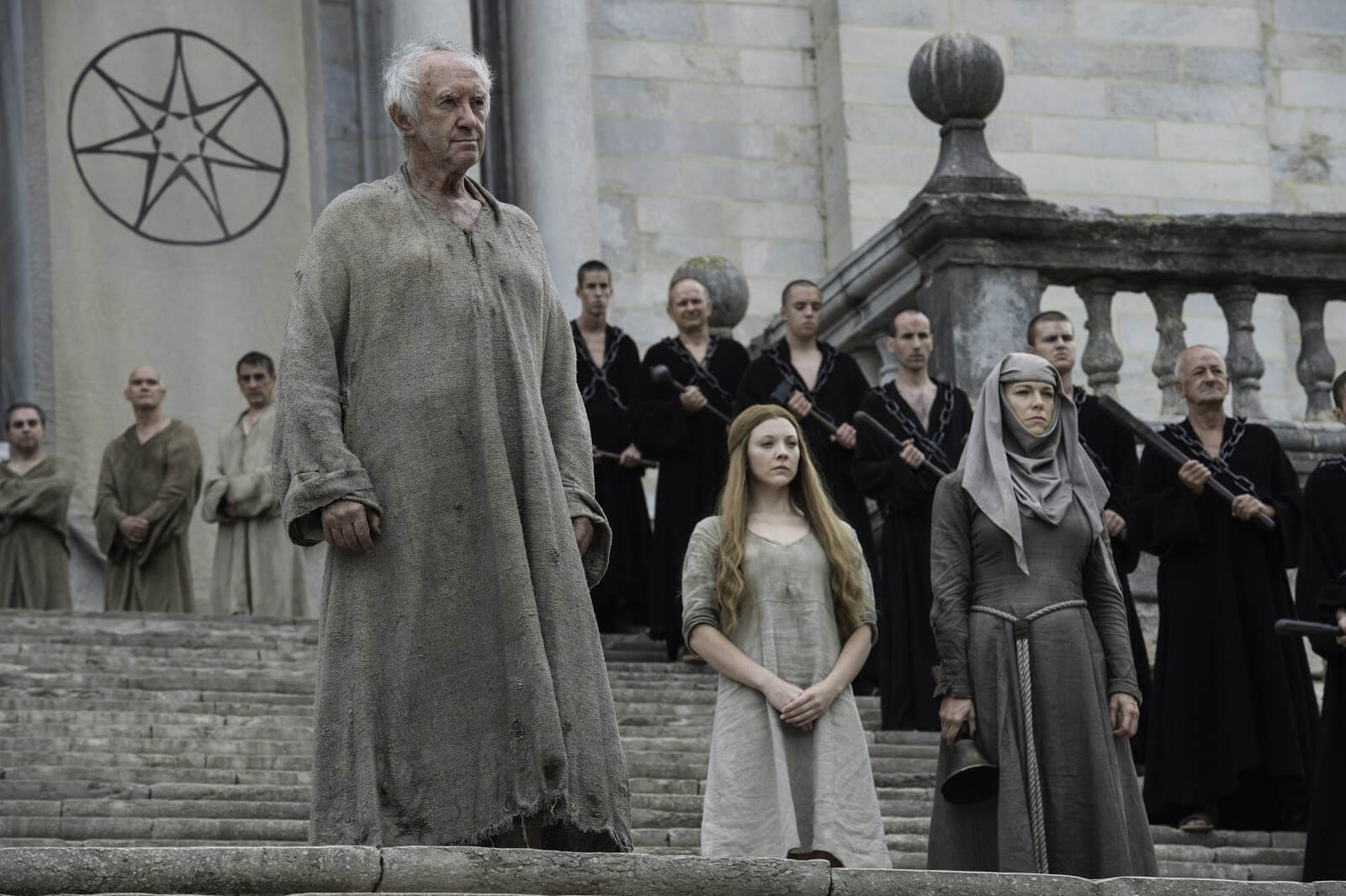
At least four non-speaking lead characters in one scene from GoT
Leading to the next reason why you could miss identifying talent...what if the talent doesn’t speak in that scene?
It’s easy to overlook some of the talent involved in your script because it is common to forget talent who have no dialogue or have any major action in a scene. Even when formatting elements are all correct and you upload the script into a writing program, some programs only recognize speaking cast.
In other words, if there is no dialogue in this scene, the characters and talent cease to exist.
Also, there are times when you’re breaking down a scene in a longer sequence, and info on the cast were mentioned in a previous scene, but not in the scene you’re reading. So it is up to you to find them. This of course can be the case for any element, not just cast.
Let’s take a look at our example from Game of Thrones, to see how we might miss hidden talent.
In the “Battle of the Bastards” scene that we started breaking down, there is no dialogue, just action (for now).
So we have to read, line by line, every name that appears. We can pull out Jon, Davos, Wun-Wun, and Tormund, and Wildling infantry.
It also says “non-wildling infantry,” indicating more extras. If we scan the rest of the scene we see we will need even more extras for “Stark armies” and “the banners of Mormont, Mazin, Hornwood.”
Now, this is a long sequence, so of course there is dialogue in what follows.
The Bolton army is also already there, and both Ramsay and Rincon become major elements in need of tagging in just a few pages.
Because each scene in the sequence is so intricate it could take an entire day to shoot the initial scene, way before Ramsay is even shown.
But it might be better to tag the entire sequence and know absolutely everything that is needed, and then you and your producer can figure out the shooting days later, when it’s time to schedule.
You can even devote an entire breakdown to just the talent, characters, extras and stunts.
But, talent is always your first consideration. Talent have busy schedules, but they also can cost a great deal. Most considerations usually come down to budget and scheduling logistics, so talent comes first.
Keep in mind, there is a ton more here to tag. We didn’t even tag the horses or the animal handlers that would need to be on set with them. That requires planning and will absolutely inform your budget. The amount of crew needed to manage all these elements...are well, also elements.
Related Posts
Whose Job is it Anyway?
3. Hidden crew
Your crew is another serious consideration in terms of budgeting and scheduling later. Just because you become super savvy at what’s in the script, you need to remember to tag what’s not in it that will make it all happen.
The crew’s skills, talents, availability, and cost are hidden elements that you should look for when breaking down and scheduling your script.
Here is a crew list from “The Battle of the Bastards.”
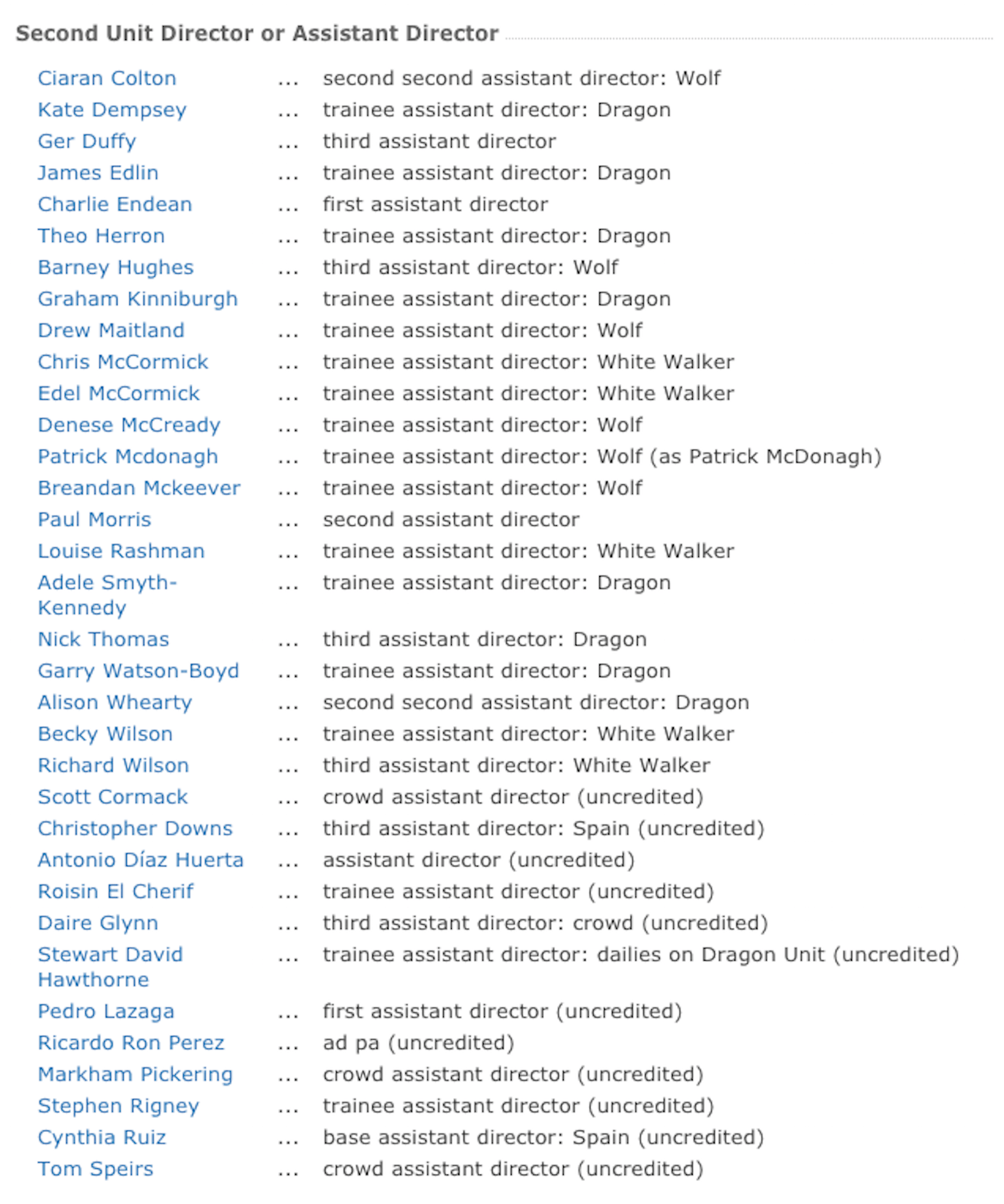
A look at the GoT Assistant Director credits for this episode
As we see in the “Battle of the Bastards” the sheer scope and number of personnel involved means that there are going to be numerous special considerations for the filming of this epic scene.
As mentioned previously, if there are any animals in the scene, several animal handlers will need to present on set, and therefore must be tagged and accounted for ahead of time.
They were going to need a number of additional crew across several departments. 600 Extras means that any producer would hire additional PA’s and 2nd AD’s to act as talent wranglers. This could add 30 people to the already enormous crew.
One of the hidden elements that stands out, expensively, is the line “Winterfell in the Distance.”
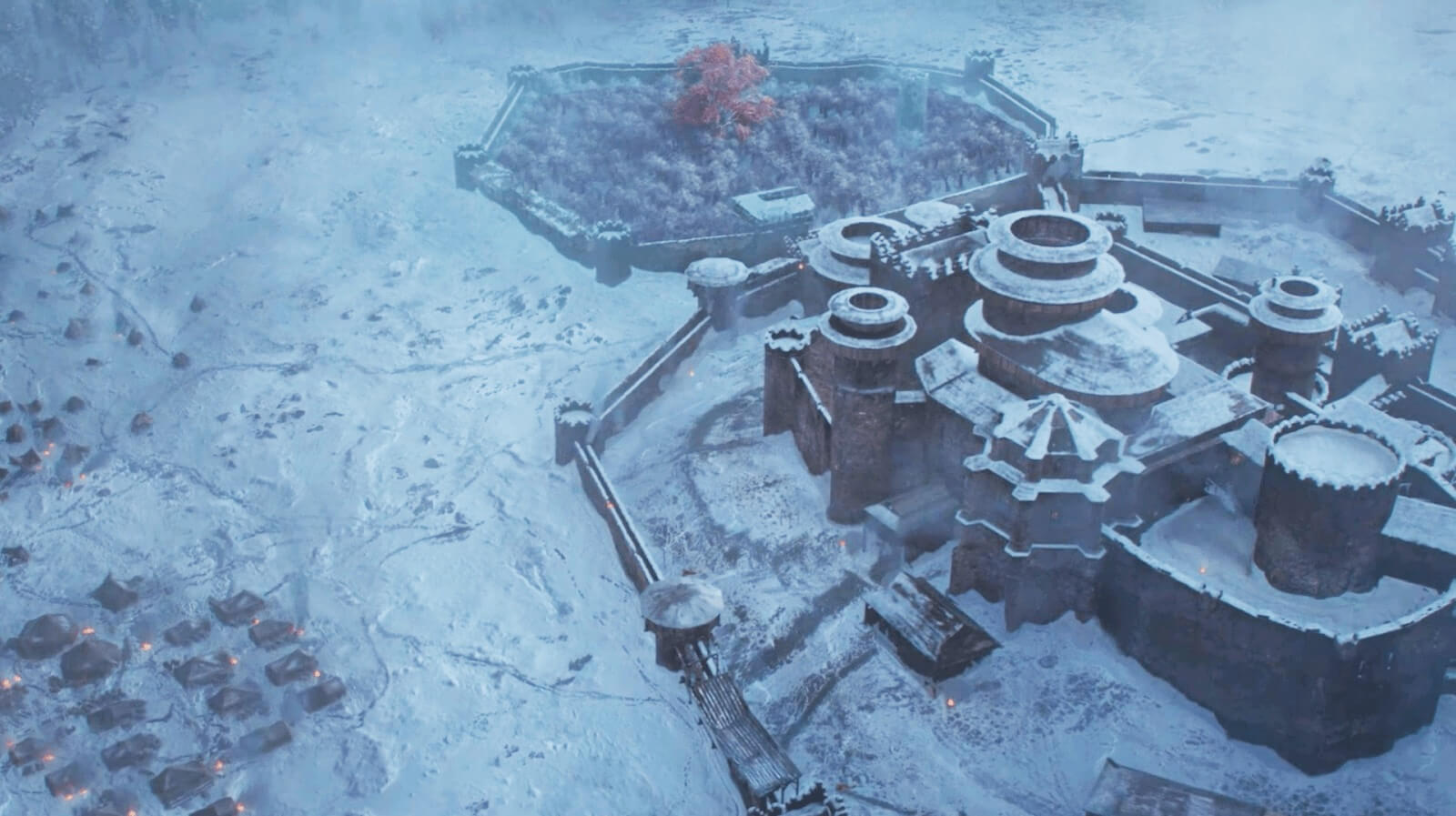
One line in GoT means hours of Visual Effects in post-production
Since Winterfell is fictional, we know importantly that this is an element that requires special attention by the Art Department and/or The Visual Effects Department.
We have a section below on finding your hidden special effects. While this belongs under there too, it is an element that first and foremost requires the crew that will make it come to life.
You will want to tag an element like this and add notes.
For the rest of the additional crew hired for this scene, think on a macro level.
There are many logistical elements such as housing, per diem, and travel to consider. Even on scenes a fraction of this size there can be hidden elements of crew to consider.
So much depends on the scope, and your budget, in order to realize a scene. It's critical to pay attention to the needs of your crew.
Related Posts
Know How to Make it Happen
4. Hidden equipment
It is also important to identify those elements that will take special equipment as much as special crew.
If there is a continuous tracking shot or scripted long take, you’re going to need some special equipment to achieve the screenwriter or director’s vision.
Are you achieving the tracking shot with a dolly, a SteadiCam or drone? All of these have inherent cost and crew needs.
Ultimately you will work with the director in order to find the perfect compromise for your budget and their artistic needs.
After your initial script breakdown, it is important to get a real sense of the director’s wants and weigh those desires with the budget.
You can even leave a comment for your director or DP.
The comment section allows you to collaborate in real-time with your team. Ask for clarity as this will affect the schedule and budget.
Is It In The Budget?
5. Hidden kits and fees
The script breakdown makes it easy to highlight every element you need, but there’s another challenge. How can you anticipate extra kits and fees? Sometimes these things aren’t realized until you get on set.
That’s okay. Just make a note of anything that might seem like the budget could be affected.
Some advice:
Anytime a character is in a fight, or a battle, or they’ve gone through some otherworldly feat, the producer has to assume that extra hair and make-up, costumes, and even special mechanical effects will be needed. These additional needs come with additional kits and their associated fees.
Common hidden kits and fees can also come from needing extra insurance, personnel, permits, pyro-techniques, stuntmen, rehearsal days, extras, talent, etc. And this could be from one or two lines in a script.
What is hiding in plain sight is the sheer number of elements that would need tagging in such a scene. And this sheer number of elements could greatly affect your budget.
The most important takeaway when tagging and identifying elements in a large scene is scope. Being cognizant of how large of a scope is critical to the success of your production.
Related Posts
Let it Go Up in Smoke...And Mirrors
6. Identify hidden special effects
Special effects and visual effects (VFX) could potentially be the hardest element to identify if you’re not well-versed in post production.
But that’s okay, the script breakdown has everything you need to do your job.
We can learn a bit more about special effects below, and loop in our VFX supervisor whenever we’re unsure of something.
Special effects are typically practical effects that can be made on set-- like special costumes---animatronics, make-up, props, pyro-techniques. Mechanical effects fall under this category.
Optical effects can also fall under the Special Effects category but often are considered a Visual Effect (VFX). Visual effects are digital, made on a computer in post production.
The array of effects hidden in a film script has grown in the last decade, now terms like digital intermediary and sound design become more widely used.
The special effects in a film are a tricky hidden element in that they require a bit of interpretation on the part of the crew. Some are indeed “practical” but many take hours, some take decades of knowledge to execute.
The budget is a huge determining factor, obviously. But other factors include the director’s vision and knowledge of such tools that even twenty years ago did not exist.
VFX/DIGITAL EFFECTS
Bullet time, CGI, digital compositing, 3D animation and 3D modeling, rotoscoping and motion tracking.
OPTICAL EFFECTS
Optical effects include: split screen, rear projections, and slow motion.
MECHANICAL EFFECTS
Mechanical Effects may overlap other departments but can include prosthetics, puppetry, pyrotechnics, miniature effects, weather effects and animatronics.
Let’s go back to our Game Of Thrones script that has been tagged.
We can tag “Winterfell in the distance” as a visual effect. An effect handled in post to create the fictional compound.
If you read the scene in StudioBinder, you can scroll down and see the rest of the sequence. We can pull out a mechanical effect from a rather gross, Ramsay initiated, action line.
“Crucified flayed bodies hang head-down on Bolton Xs, roasting over eight large bonfires that flank either side of the army.”
Mechanical effects often occur on set and burning fake bodies was most likely such an effect.
And visual effects in this scene are everywhere. Later in the sequence, Jon falls off his horse.
“The Stark cavalry swoops past Jon a moment before he would be overrun, colliding with the Bolton cavalry. We are with Jon who is right in the center of the action as the two cavalry clash.”
The idea of horses colliding is obviously something that cannot actually happen. So how did they do it?
Emmy winning, VFX Supervisor, Joe Baur, and VFX Producer, Steve Kullback relied heavily on CGI.
Creating armies and horses literally crashing into one another was no easy feat, especially so close to the lens.
But luckily, that’s not your job! But knowing that horses colliding into one another isn’t legal or moral IS your job. Tagging this as a visual effect, even if you’re not sure exactly what that will entail, is your responsibility.
Finding any kind of special or visual elements can be a challenge. But if you loop every department in on the project, you’ll be in a much better position.
Your director will determine which, if any, effect will be what’s needed to capture the vision on screen.
Related Posts
UP NEXT
How to break down a script
Now that you have a better idea of how to find hidden elements, let’s create a breakdown for your script.
Learn more about breaking down each scene, and get a free script breakdown template for practice. After this, you’ll be ready to schedule anything that comes your way in the future.
Easily create script breakdown sheets online.
Import scripts. Tag elements like props, wardrobe, and cast. Create breakdown summaries and DOOD reports in a snap.
